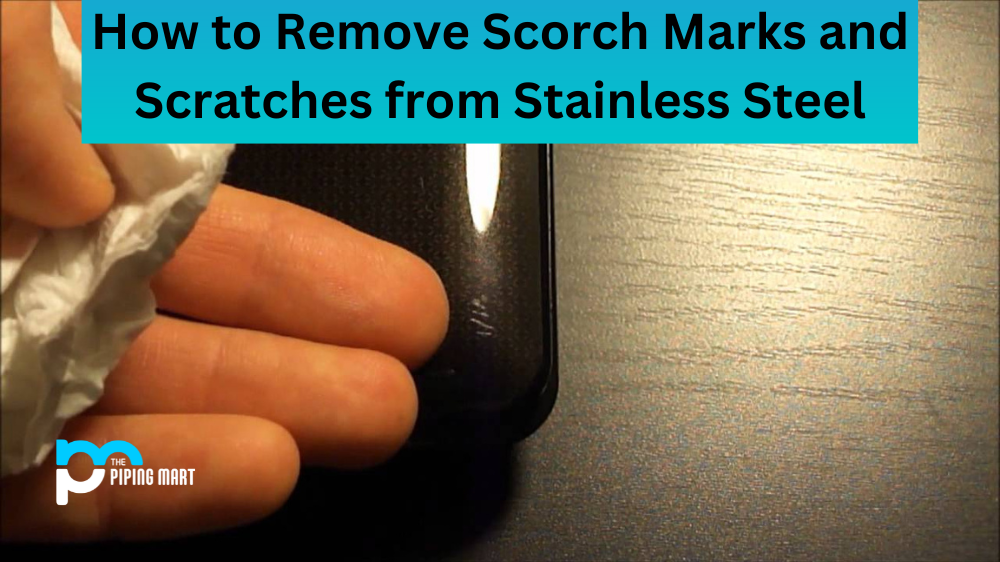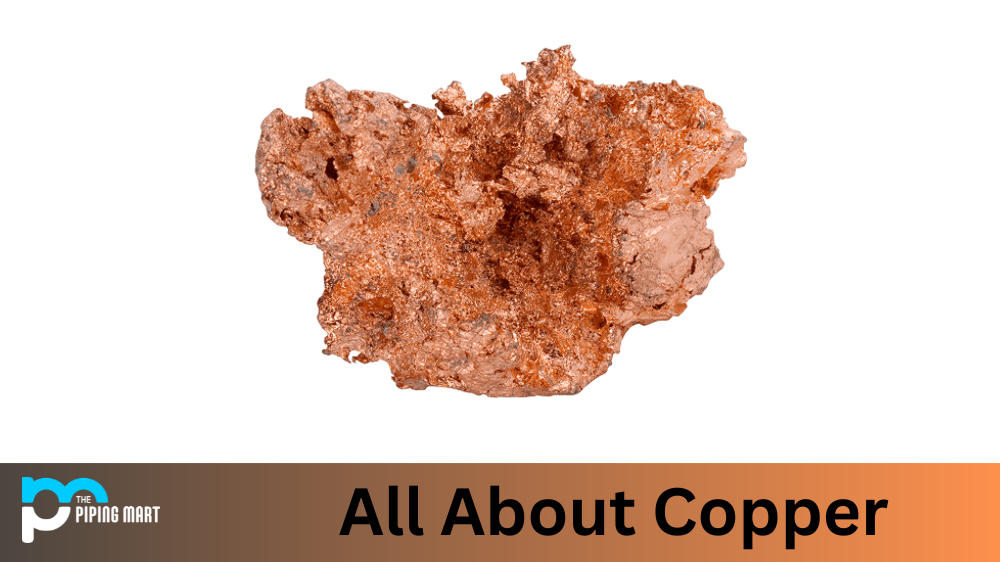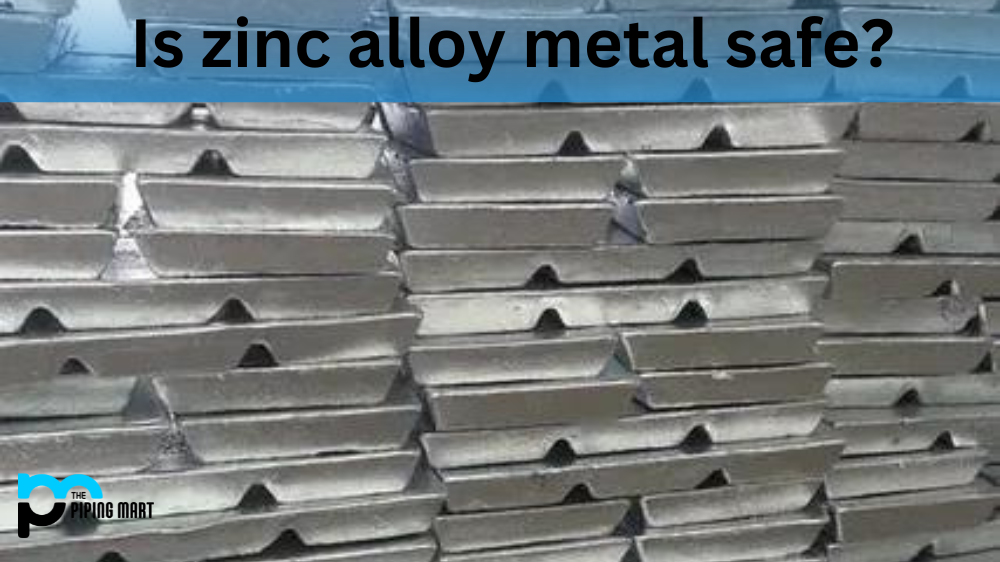If you are working with metal, you have probably heard the term “hardening” used. But what does it mean exactly? Metal hardening is a process that strengthens and increases the durability of metals by increasing the hardness of the material. There are several different types of metal hardening processes that can be used to achieve this, including heat treatment and surface hardening. Let’s take a closer look at each one.
Heat Treatment
Heat treatment is a process in which metal is heated and cooled to alter its physical and chemical properties without changing its shape or form. This process produces a harder, more durable material by rearranging the internal structure of the metal itself. Heat treatment can be done in three main methods – annealing, tempering, and quenching – all of which involve heating and cooling cycles to alter the strength and hardness of the metal.
Flame Hardening
Flame hardening is a process used when additional strength and abrasion resistance is needed in a specific part or area. The process achieves this by quickly increasing the surface hardness of ferrous metals, such as steel, without having to heat treat the entire component. Utilizing a portable oxy-fuel flame, the surface is rapidly heated so it can be hardened by cooling it with oil, water or air. The hardness of steel increased through the flame hardening process can vary significantly depending on the base material type and desired characteristics but generally ranges from 50 to 60 HRC. Flame hardening is an efficient and economical method of creating wear resistant surfaces but also has some drawbacks including decreased impact resistance and possible distortion or deformation of parts due to thermal shock.
Surface Hardening
Surface hardening is a process that targets only the outer surface of a material while leaving its interior unaffected. It is typically used on ferrous metals (metals containing iron) such as steel or cast iron but can also be applied to non-ferrous metals such as aluminium or copper alloys. The most common type of surface hardening involves carburizing (adding carbon) or nitriding (adding nitrogen) to create an extremely strong layer on the exterior surface while leaving the interior unaffected. Other techniques, such as flame hardening or induction hardening, may also be employed depending on the desired result.
Induction Hardening
Induction hardening is a heat treating process used to strengthen metals like steel, iron, and aluminum. The induction heating process electrically heats the material to its critical temperature and then quickly cools it with a quench. The result is a hard surface layer with a tough core that is less likely to crack or warp during operation – this makes induction hardening an ideal choice for components like gear teeth, piston rods, and rotating shafts. This process produces superior results compared to traditional hardening using furnaces or flame torches due to the speed of heating from the electrical power of an induction unit as well as better tempering and depth control capabilities.
Conclusion:
Metal hardening is an important part of working with metals if increased strength and durability are desired outcomes. There are two primary methods for achieving this – heat treatment and surface hardening – both of which involve heating and cooling cycles in order to alter the physical properties without changing their shape or form. Depending on your needs, one method may be preferable over another; however, both offer significant benefits when it comes to strengthening your metal components for industrial applications or other uses. With this guide in mind, you should now have an understanding of what metal hardening entails so you can make an informed decision about which method best suits your needs!

A passionate metal industry expert and blogger. With over 5 years of experience in the field, Palak brings a wealth of knowledge and insight to her writing. Whether discussing the latest trends in the metal industry or sharing tips, she is dedicated to helping others succeed in the metal industry.




